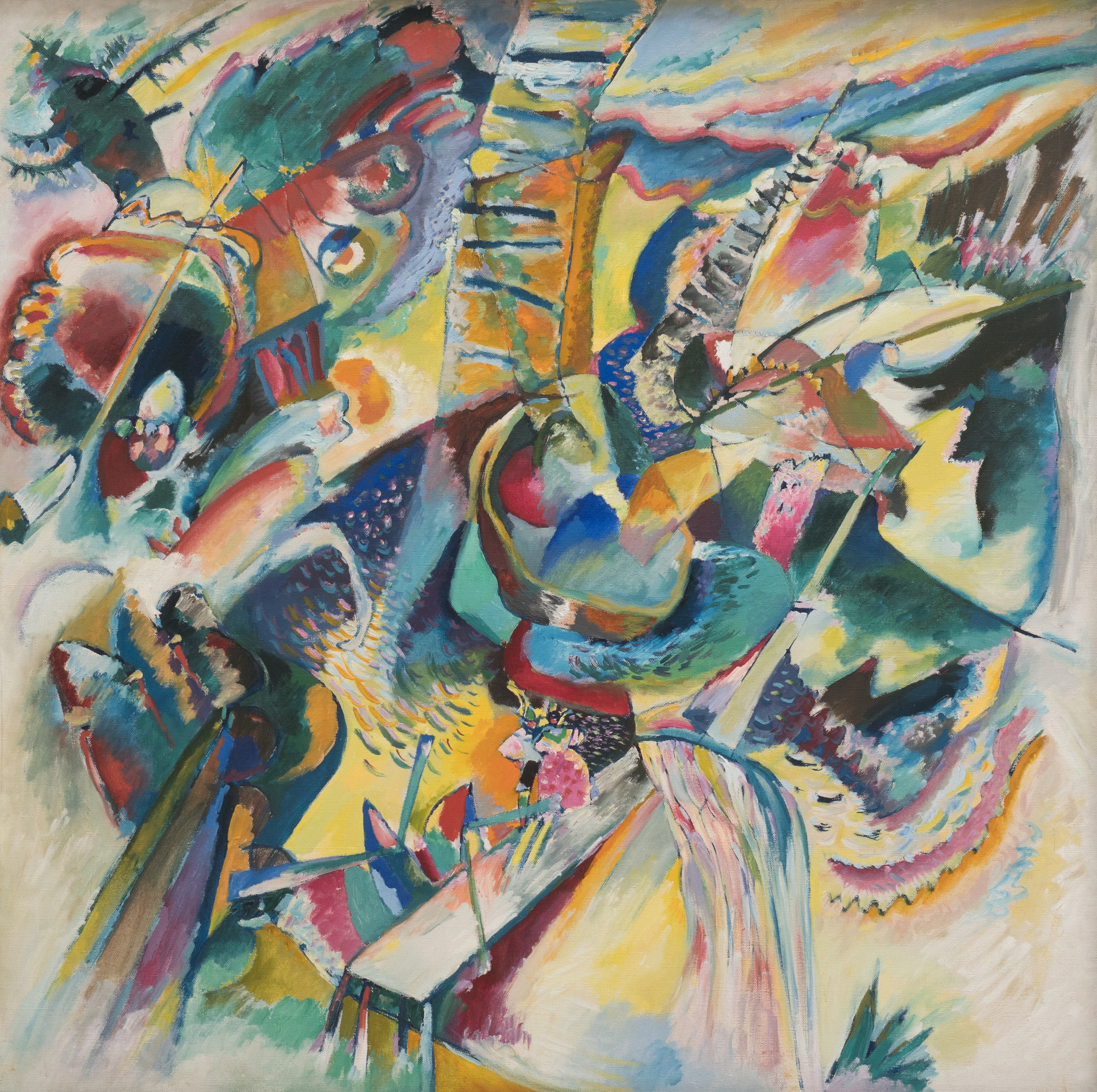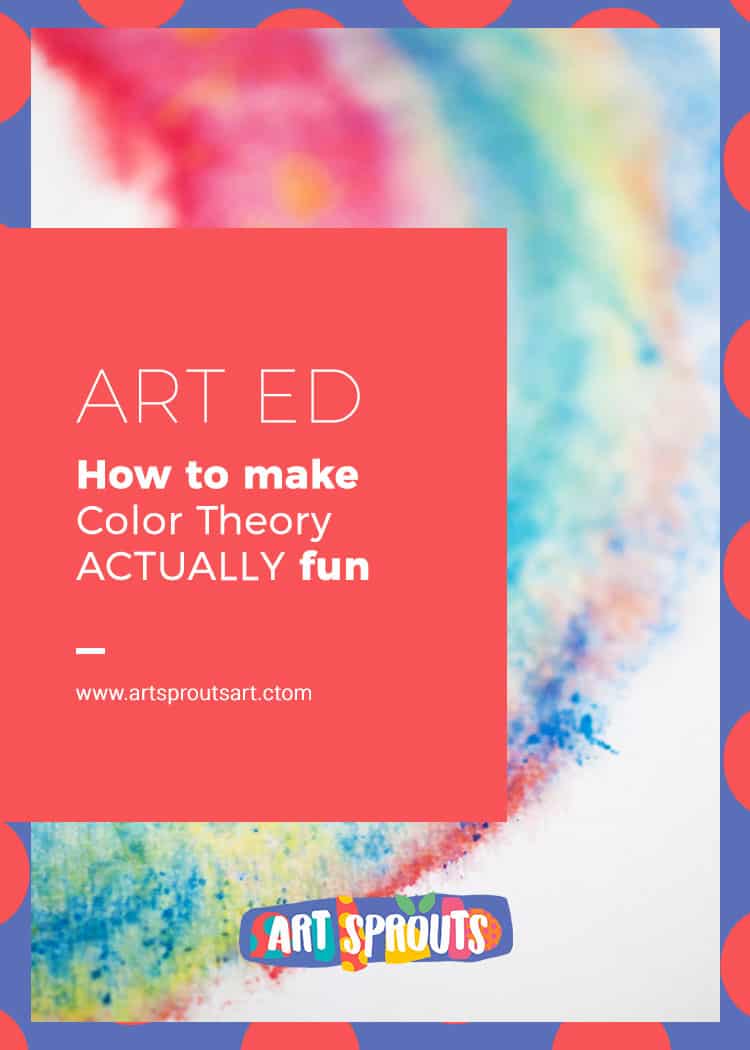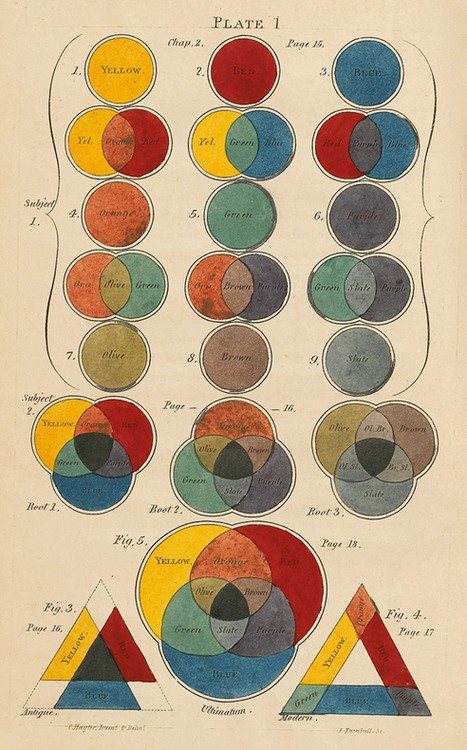AKA, how to take one of the least creative bits of art education and make it inspiring.
The issue with teaching color theory (most times)
While color theory is definitely significant in art practice, the actual argument has arguably more to do with science than with art. This is to say, that color theory classes tend to be some of the most tedious and least creative of the whole curriculum.
I still recall drawing seemingly infinite sets of primary, secondary, or complementary colors, in different shapes and forms, at the beginning of every school cycle.
Does it really need to be this bad?
Not really. For starter, color theory became an invaluable tool as I began mixing colors for my paintings; the concept of cold and warm tones also proved fundamental in understanding shadows and lights.
But ultimately, what actually made the difference, was to be able to see it applied in artworks across different styles and time periods.
Turns out, understand colors is a necessary skill to fully appreciate the works of artists such as Matisse, Van Gogh, Seurat, Mondrian, but also contemporary artists such as Sol LeWitt or Rothko.
But probably the most famous artist related to color theory is Russian painter Wassily Kandinsky.
Why Kandinsky?
Color theory was a reasonably new concept during Kandinsky’s time, and he didn’t hesitate to apply it in his art, giving his painting a more scientific rationale; this attitude toward scientific discovery was entirely in line with the modernist philosophy of his time.
However, the reason why I choose Kandinsky as an example in my classes, is because of the new level of art experience that he unlocked.
In his main writing “Concerning the Spiritual in Art“, he foresaw a link between colors to emotions; he argued that a painting could be played just like an instrument or a song to inspire a whole range of feelings and sensations in the spectator.
Sure, its now believed that Kandinsky suffered from synesthesia (a harmless phenomenon by which stimulation of one sense causes a sensation typical of a different sense) so, maybe, his experience of the world was indeed different than that of ordinary people. But I would argue, isn’t that the point of being an artist? To represent an extreme or exceptional point of view?

Ok, so how do we make it fun?
Introducing Kandinsky’s work creates the perfect occasion for interdisciplinary classes. He loved music and spent a great deal of his career painting what he heard. An open discussion about how different sounds and colors, bring up various emotions and memories, can be a great way to kick start the lesson.
Of course, the depth of understanding will change among different age groups, but even toddlers will be able to articulate on how they associate certain colors to specific events or objects, and consequently to certain emotions.
To recap, to make color theory fun (or at least memorable) I believe we need to achieve three things:
1. To make it useful: to give a chance for students to employ it as a tool and learn through practice.
2. To make it common. It’s easier to buy into something when we see how ubiquitous it is. Having students analyze the color practice not just of artworks, but in advertisements, fashion, and architecture can be hugely successful in making it “stick.”
3. To make it personal. How does this color make you feel? What do you associate it with? Does it make you recall a specific memory? Why?
Of course, I am talking about color theory in this post, but this list should really constitute the minimum benchmark for everything we teach: why would we expect kids to care if we present them with something they believe to be useless, abstract and unrelatable?
What do you think? What is your preferred method when it comes to teaching color theory? Let me know in the comment section below.
Here is a list of art activities based on Kandinsky’s works you may like:
- – Kandinsky inspired color theory paintings
- – Kandinsky’s circle painting with polymer clay
Save for Later


